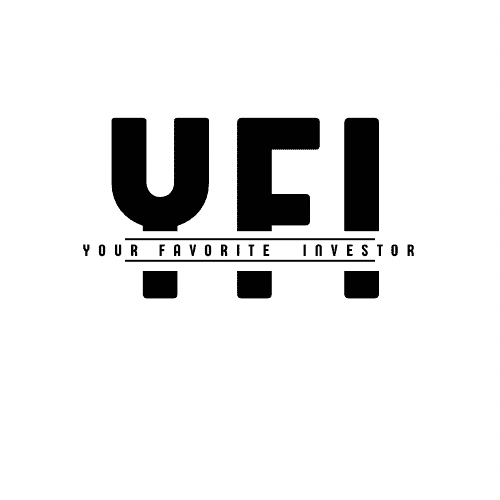Why I Switched From Dollar Cost Averaging to Cash Flow Investing
When I started investing, I followed the classic playbook: buy a few index funds, dollar cost average every paycheck, and let compound interest do the rest. It’s a solid plan — no doubt about it. But over time, I realized something:
My real goal wasn’t just growing my net worth… it was building monthly cash flow I could rely on.
That shift in mindset changed everything about how I build my portfolio today.
The Cash Flow Mindset: Grow Income, Not Just Account Size
Too many investors focus on hitting some arbitrary net worth target. But here’s the truth: you can’t pay your bills with a net worth figure. What really matters is how much income your assets generate — and whether that income keeps growing.
That’s why I began focusing on assets that offer:
- ✅ High and consistent monthly or quarterly income
- ✅ Participation in market upside
- ✅ A track record of growing distributions
Tools I Use to Track My Passive Income
Before I go any further, if you’re like me and want to run the numbers for your own investments, check out the Dividend Calculator Tool I use on this site.
You can input tickers like JEPQ or GPIX, estimate your investment size, and see:
- 🔁 Reinvestment growth
- 📈 Monthly income forecasts
- 🔢 Year-over-year dividend compounding
Whether you’re just starting or deep in the game, this calculator makes it easy to model your future cash flow.
Covered Call ETFs: My Go-To Income Strategy
As I built out my cash flow approach, covered call ETFs became a core part of my strategy. They allow you to earn premium income by selling call options while still holding high-quality stocks. The best part? Some of these funds also grow with the market.
Here are three I’m personally using:
1. GPIX — Goldman Sachs S&P 500 Core Premium Income ETF
This fund is designed to generate income from large-cap U.S. stocks by writing covered calls while maintaining broad S&P 500 exposure. It’s a great foundational holding — you’re earning yield and participating in the market’s long-term growth.
2. JEPQ — JPMorgan Nasdaq Equity Premium Income ETF
One of the most consistent monthly payers in the game. It targets Nasdaq exposure while writing calls to enhance income. Plus, it’s shown the ability to grow its distributions — that’s key if you want long-term sustainability.
3. BTCI — Bitwise Bitcoin Strategy Optimum Roll ETF
A bit more aggressive, BTCI combines Bitcoin exposure with covered call income. Not for everyone, but if crypto rallies, the potential for growing yield here is massive.
Why the 25–75% Covered Call Allocation Rule Matters
Here’s a tip a lot of investors overlook: Read the fund’s prospectus. The best covered call ETFs clearly state they’ll cover only 25% to 75% of the portfolio at any given time.
Why does that matter?
- The uncovered portion continues to grow with the market
- New options can be written at higher strike prices
- This allows the fund to generate more income over time
In other words, your cash flow scales with your capital. And that’s the name of the game.
Cash Flow Investing = Financial Independence
My portfolio today is built around one thing: income that grows.
I want to be able to take distributions and still watch my cash flow increase year after year. That’s possible with the right mix of:
- Smart allocation
- Strong income ETFs
- Growth-oriented dividend producers
And of course, the tools on BestDividendCalculator.com help me track it all.
Ready to Run the Numbers?
Curious how your portfolio could evolve using cash flow investing?
👉 Try the Dividend Reinvestment Calculator
👉 Or model your income with the Monthly Dividend Tracker
Whether you’re holding GPIX, JEPQ, BTCI or your own custom mix — you’ll get clarity on what your investments could really do for you.
Let’s wrap this up:
Cash flow is what buys your time back.
Cash flow is what pays your bills.
Cash flow is how you retire on your terms.
I’ve shifted from “set it and forget it” to actively building reliable income — and it’s changed the way I look at investing.
If you’re serious about living off your portfolio, start tracking your income, not just your balance.
Talk soon,
— Your Favorite Investor
